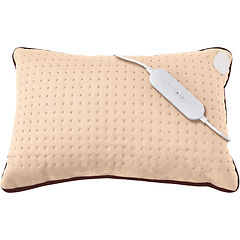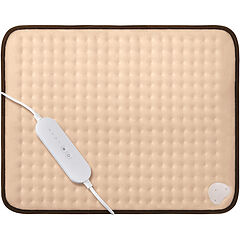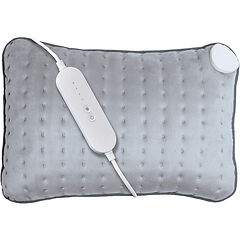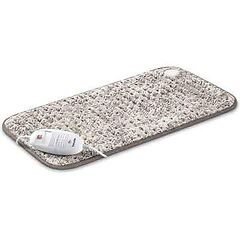Heat Pads for Knee Pain
Knee pain is something that affects the majority of adults at some point in their lives, particularly if they have a history of high-impact sports or injuries. The knee is a joint that bears your whole weight, so when it’s in pain it can really disrupt your life. Knee pain can be a symptom of many different conditions, including arthritis, tendonitis, and bursitis, but it can also be caused by sprains and other injuries.
How Can Heat Pads Help with Knee Pain?
A therapeutic heat treatment for your knee is a good way to improve flexibility as it increases blood flow to the area, relaxing your muscles and relieving pain. When you apply heat to your knee, the heat receptors in your body actually block out the pain signals being sent to your brain, meaning the pain starts to melt away. Hot water bottles and microwavable heat packs often aren’t practical, though, as they can be either too hot or too cold meaning they’re often ineffective. Electric heat pads put you in control of your own heat treatment as you can turn them on, off, up, or down at your leisure.
Depending on where the source of your knee pain is, you may want to use an all-purpose electric heat pad that you can hold against the top of your knee, or you may want to make use of a heated cushion to prop your knee up on. This will help provide a soothing heat to the back of your knee while also providing it with some support.
When Not to Use a Heat Pad for Knee Pain
Some knee conditions or injuries can cause the knee to become inflamed, warm, and tender. If you have these symptoms, you should not use heat treatment on your knee. Heat therapy is designed to increase blood flow to an affected area – however, if that area is already swollen, you should aim to reduce blood flow to it by using an ice pack or cold compress. Once the swelling has disappeared you can resume your heat treatment with a heat pad to increase your range of motion and relieve any lasting pain.









